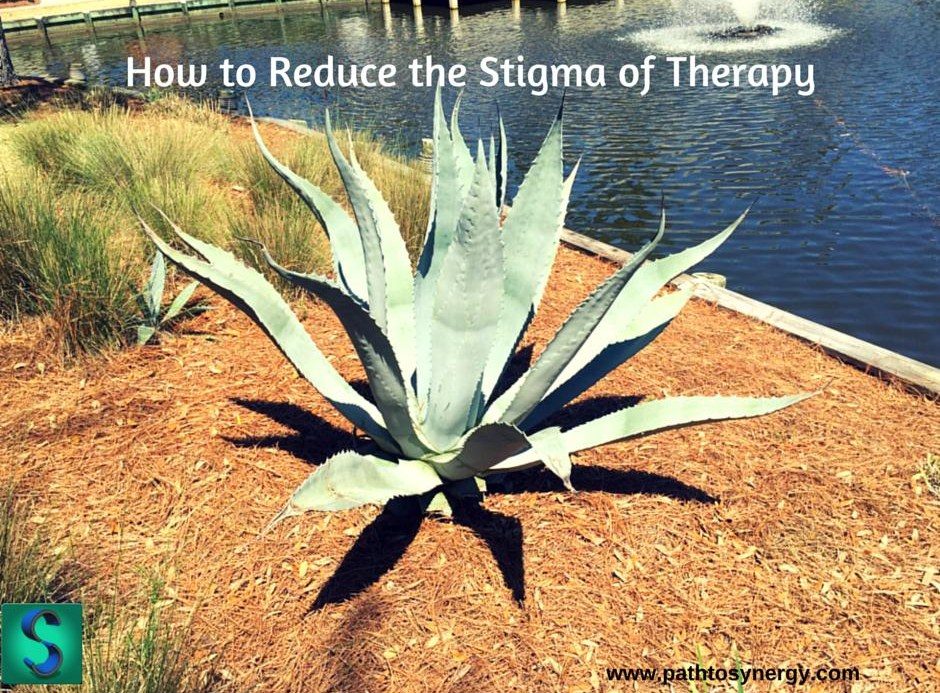Letting Go of Fear

Exploration of how to let go of fear, both professionally and otherwise. Learn the implications for changing perspectives, shifting limiting beliefs and letting go of fears.
How to Reduce the Stigma of Therapy

An exploration of anecdotal evidence around the stigma of therapy as well as how to reduce this stigma. Three major challenges clients may face and how to work with these challenges.
The 100 Day Intention Experiment – Part 1

An exploration of a how a new daily practice has helped to improve focus, productivity, clarity, intention and health. This practice was built out of a response to an accident, previous study in graduate school and some inspiration from another story.